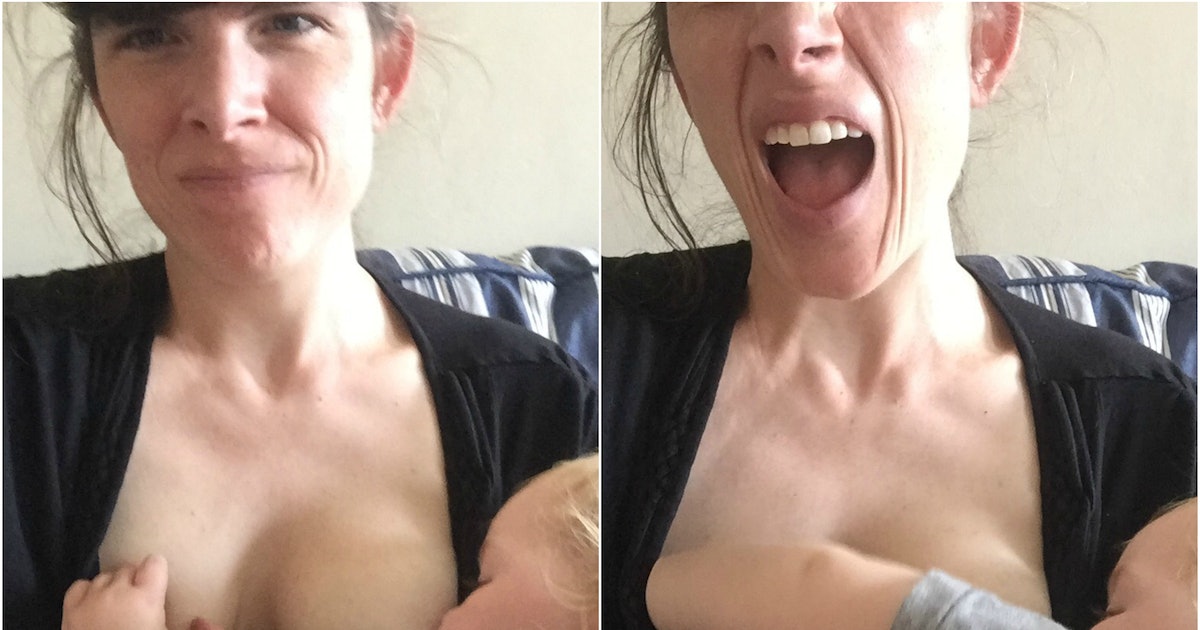Introduction
Breastfeeding is a beautiful and natural way to nourish and bond with your baby. However, many mothers may experience nipple injury, which can cause discomfort and hinder breastfeeding success. In this comprehensive article, we will explore the various aspects of nipple injury caused by breastfeeding, prevention strategies, and effective remedies. Whether you are a new mother experiencing nipple pain or a healthcare professional seeking to assist breastfeeding mothers, this article will provide valuable insights to promote successful and pain-free breastfeeding.
Understanding Nipple Injury from Breastfeeding
1. Nipple Anatomy and Function
- Exploring the structure and function of the nipple
- Understanding the importance of a healthy nipple for breastfeeding
2. Types of Nipple Injury
- Identifying common types of nipple injury, such as cracks, blisters, and abrasions
- Examining the severity and potential complications associated with each type
3. Common Causes of Nipple Injury
- Poor latch and positioning during breastfeeding
- Incorrect breastfeeding technique and suction issues
- Engorgement, inverted nipples, and other anatomical factors
Prevention Strategies for Nipple Injury
1. Establishing a Proper Latch
- Understanding the importance of a deep latch for effective breastfeeding
- Exploring techniques to achieve a correct latch
2. Optimal Breastfeeding Positions
- Discussing different breastfeeding positions and their impact on nipple health
- Providing guidelines for positioning to minimize nipple injury
3. Addressing Common Breastfeeding Challenges
- Dealing with engorgement, oversupply, and nipple confusion
- Managing latch difficulties and tongue tie issues
4. Maintaining Healthy Nipples
- Nipple care and hygiene practices to prevent injury
- Utilizing nipple shields, lanolin cream, and other protective measures
Remedies for Nipple Injury
1. Soothing Sore Nipples
- Exploring techniques for pain relief, such as warm compresses and cool gel pads
- Using nipple healing balms and ointments
2. Healing Cracked Nipples
- Promoting healing through proper breastfeeding techniques
- Utilizing nipple shields, breast shells, and nipple healing creams
3. Seeking Professional Support
- Consulting with lactation consultants or breastfeeding specialists
- Exploring alternative feeding methods to allow nipple healing
4. Emotional Support for Breastfeeding Mothers
- Addressing the emotional toll of nipple injury and breastfeeding challenges
- Connecting with support groups and seeking counseling if needed
When to Seek Medical Help
1. Signs of Infection and Complications
- Identifying red flags, such as fever, severe pain, and pus formation
- Understanding when medical intervention is necessary
2. Consulting with Healthcare Professionals
- Seeking guidance from a healthcare provider, lactation consultant, or breastfeeding counselor
- Discussing treatment options and tailored strategies for healing
Conclusion
Nipple injury from breastfeeding can be a challenging experience for mothers, but with knowledge, support, and proper care, it is possible to overcome these obstacles and achieve pain-free breastfeeding. By understanding the causes of nipple injury, implementing preventive strategies, and utilizing effective remedies, mothers can nurture their babies while ensuring their own comfort and well-being. Remember, seeking support from healthcare professionals and connecting with fellow breastfeeding mothers can make a significant difference in navigating through nipple injury challenges. With perseverance and the right resources, successful and enjoyable breastfeeding can be accomplished.
